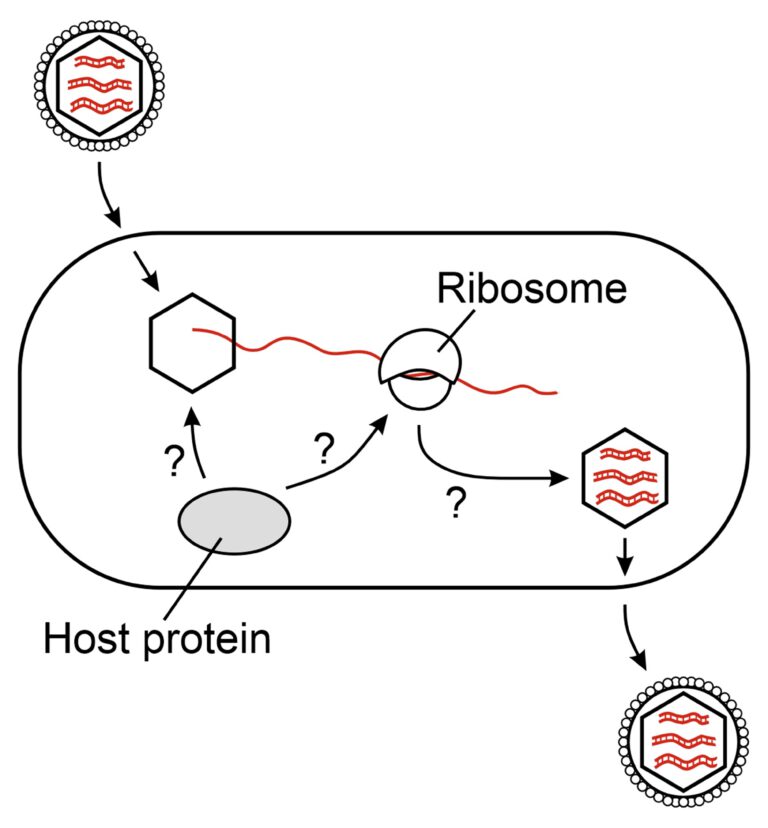GROUP Hör / Associated project
Cystoviridae are a unique family of non-tailed phages with a tri-segmented dsRNA genome and a lipid envelope. They appear to be evolutionarily connected to Reoviridae, eukaryotic viruses that include pathogenic human rotaviruses. Despite intense research on the structure and functions of cystoviruses, many aspects of the phage replication cycle and its interactions with the host remain poorly understood. We use a combination of biochemical and high-throughput methods to decipher how cystoviruses regulate their protein output on the post-transcriptional level. We are further investigating which host proteins are involved in cystovirus replication and how the host responds to infection. This project will broaden our understanding of how cystoviruses take over their host to turn it into an efficient factory for replication.

Figure 1: Viscous polysaccharides dominate biofilm matrices encountered by many bacteriophages. (A) In Pantoea stewartii biofilms, the exopolysaccharide stewartan confers high viscosity. (B) Single-particle trajectories of Salmonella phage P22 diffusing in a 20 mg/ml stewartan matrix. Arrows depict an immobile sub-population.
Principal Investigator(s)

Jun-Prof. Dr. Jens Hör
Helmholtz-Institute for RNA-based Infection Research
Helmholtz Centre for Infection Research / University of Würzburg
E-Mail: jens.hoer@helmholtz-hiri.de
Homepage: https://www.helmholtz-hiri.de/en/research/organisation/teams/team/molecular-principles-of-rna-phages/
PhD student(s)
TBA
